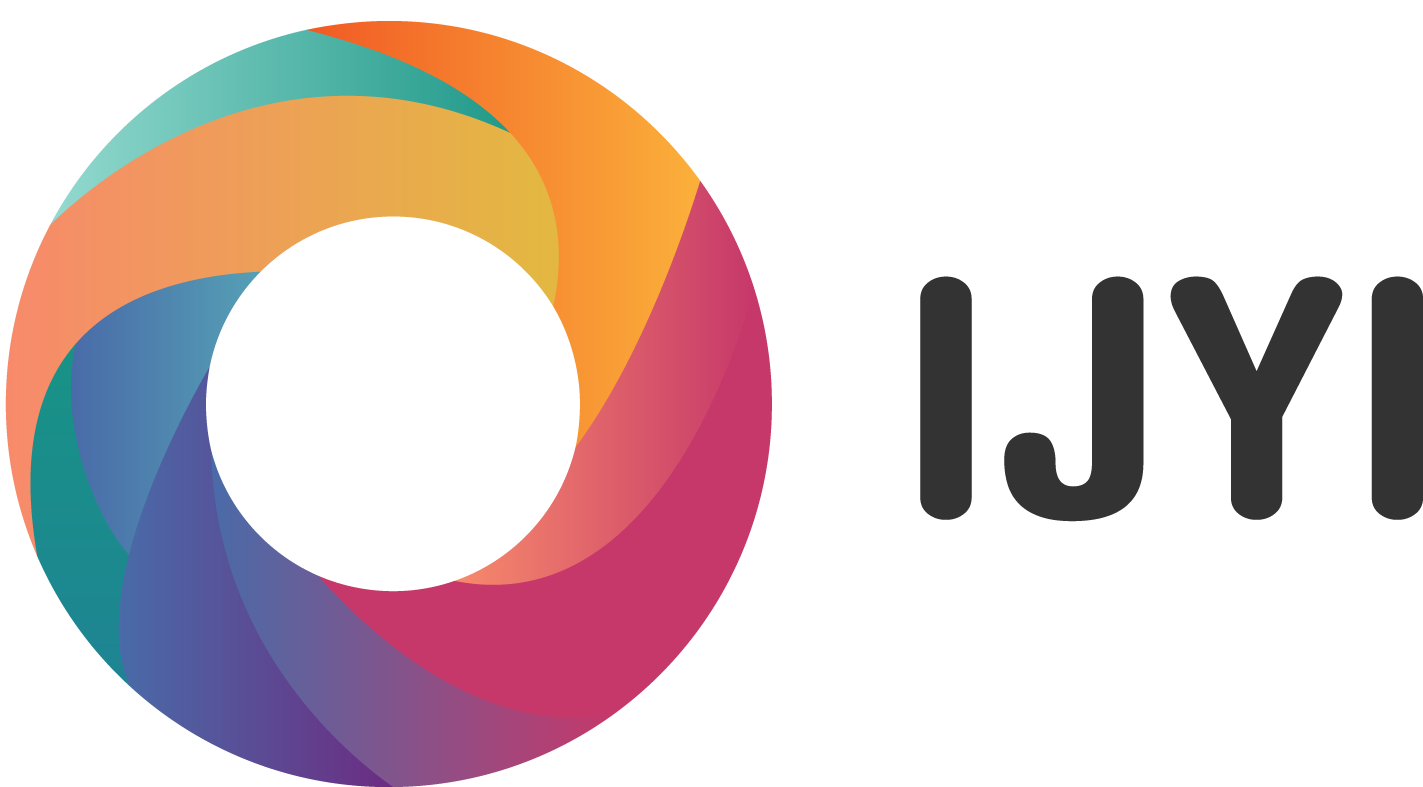
The term Internet of Things (IoT) refers to a wide range of devices that are internet enabled and can communicate with other systems, humans and, of course, each other. Such devices, which cover everything from home appliances to vehicles and dedicated function hardware, are equipped with sensors and software that allow them to collect and exchange data.
When looking specifically at the rail and wider public transportation network, IoT has significant potential by enabling a range of applications that can improve efficiency, safety, and the overall customer experience.
When delivering such projects, it is common to start with quite simple and limited proof of concepts. IJYI and ITAL have worked together and delivered several engagements across rail and tram operators using simple self-contained devices that can be easily tested in a range of scenarios.
Some of the top uses for IoT in this sector include:
- Security and Safety: Managing risks relating to security and safety across a rail network is challenging. It is possible to use IoT devices to monitor and enhance safety on trains, at rail stations and even on the lines, such as detecting potential accidents or security threats and alerting appropriate personnel.
- Infrastructure monitoring: The rail network is large and complex; IoT sensors can be used to monitor the condition of rail infrastructure, such as tracks, bridges and tunnels, allowing for proactive maintenance and repairs.
- Environmental monitoring: The rail network has to operate over a wide range of environmental conditions. IoT sensors can be used to monitor conditions along rail routes, such as air quality, noise levels, temperature, wind and other weather conditions, helping to identify potential hazards and improve reliability.
- Energy management: Controlling operating costs of trains and stations can directly help to keep rail fares affordable. IoT sensors can be used to monitor and optimize energy usage on trains and at rail stations, potentially reducing energy costs as well as carbon emissions.
- Asset tracking: There are a lot of moving parts to a rail service. IoT-based systems can be used to track the location and condition of trains and other rail assets in real-time, improving operational efficiency and reducing the risk of lost or stolen equipment. This applies equally to freight and passenger trains.
- Customer service: Ultimately, all the above uses can contribute to improving the customer experience by providing real-time information and assistance to rail passengers.
If you are interested to learn more, then please get in touch.




About the author
IJYI Ltd
IJYI Ltd.